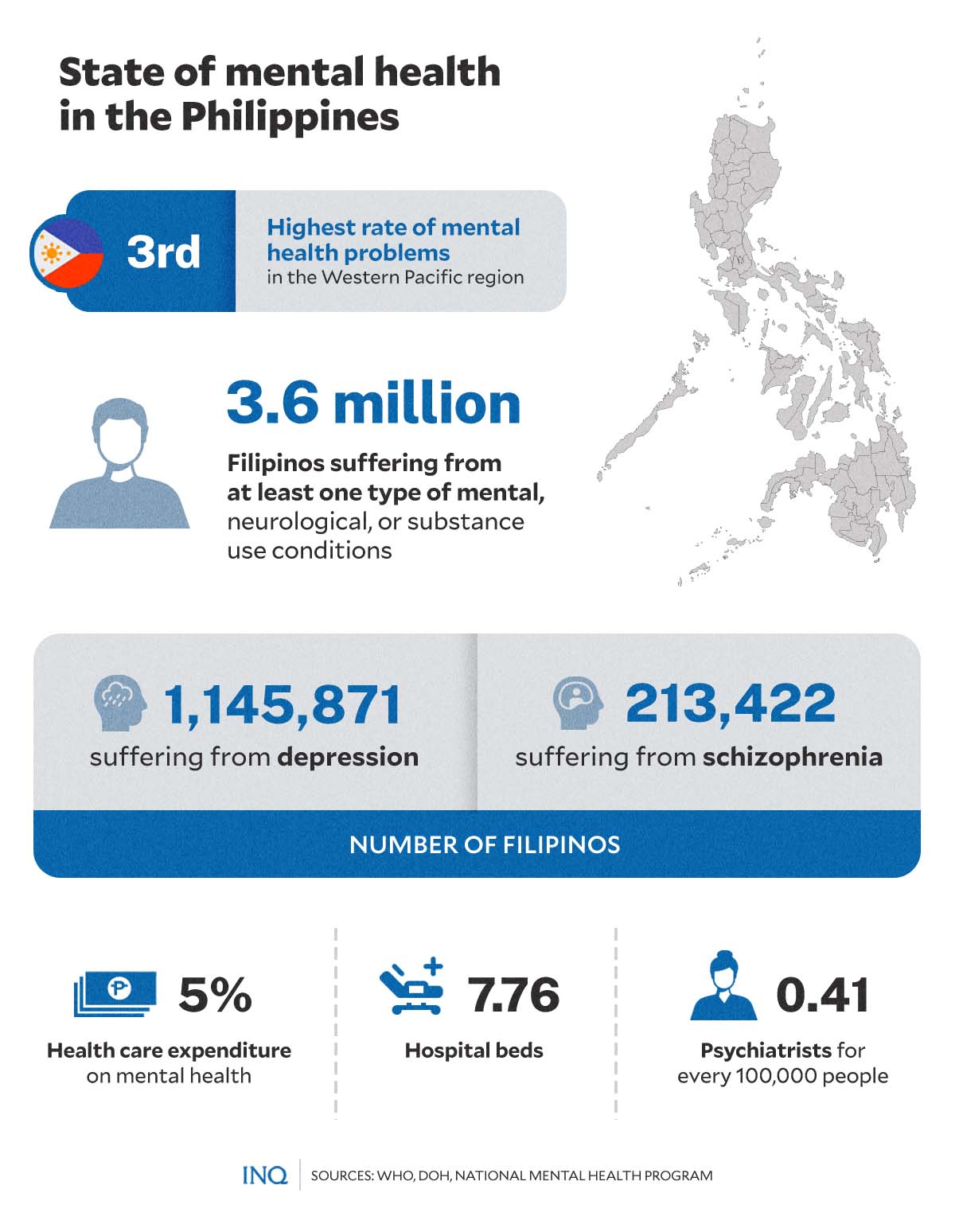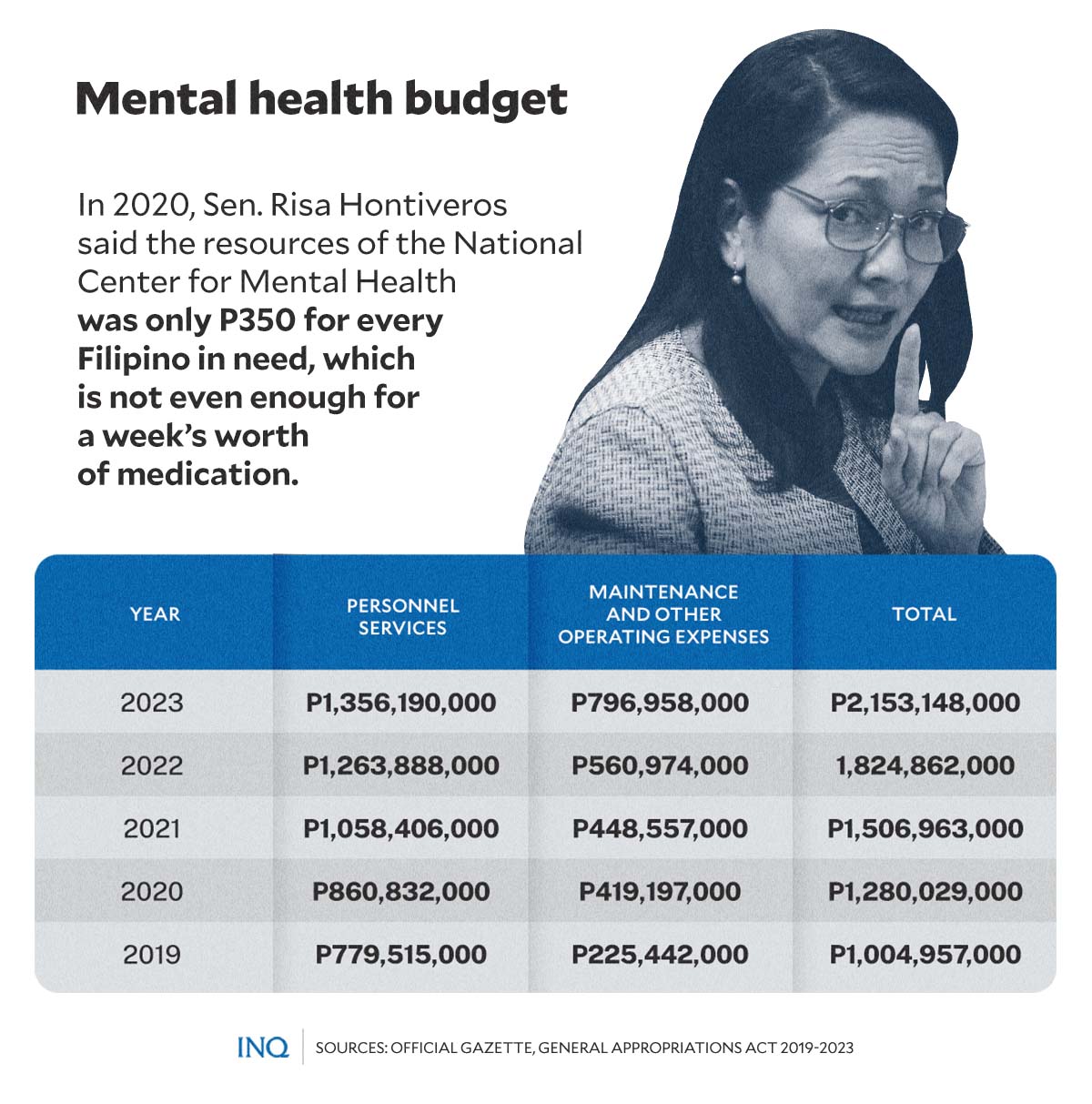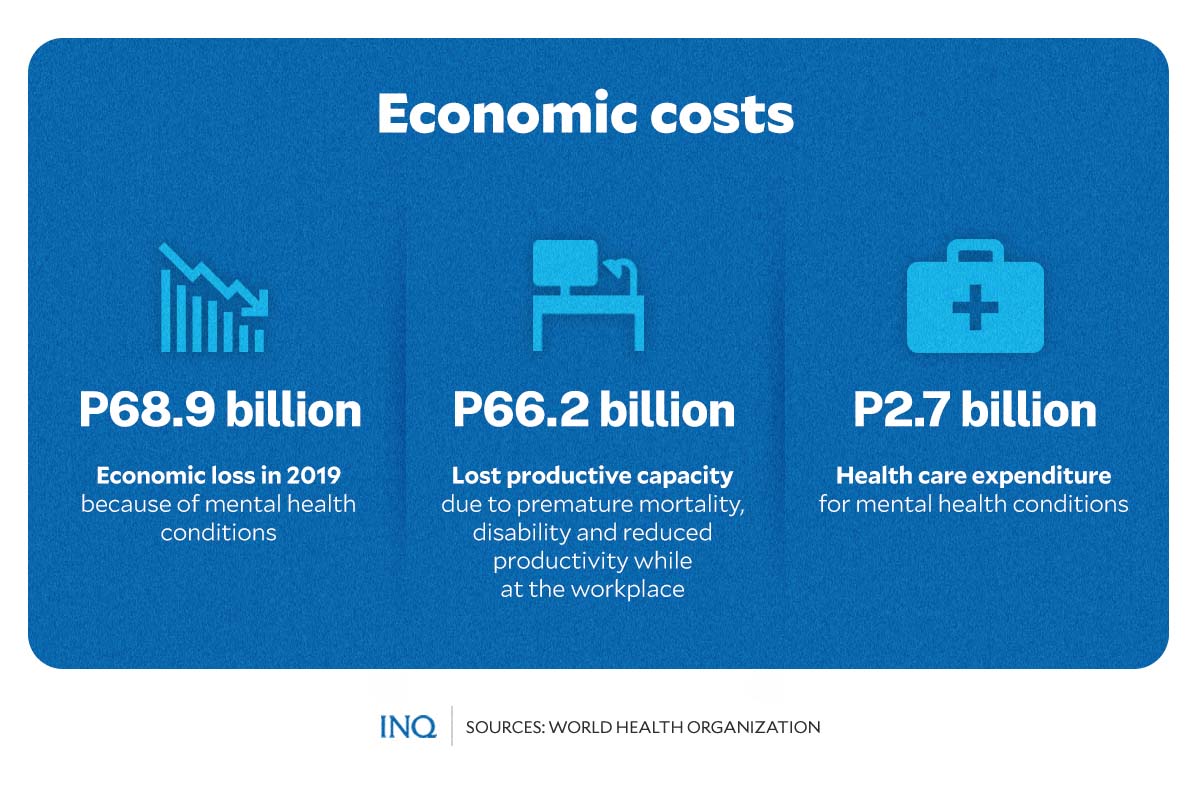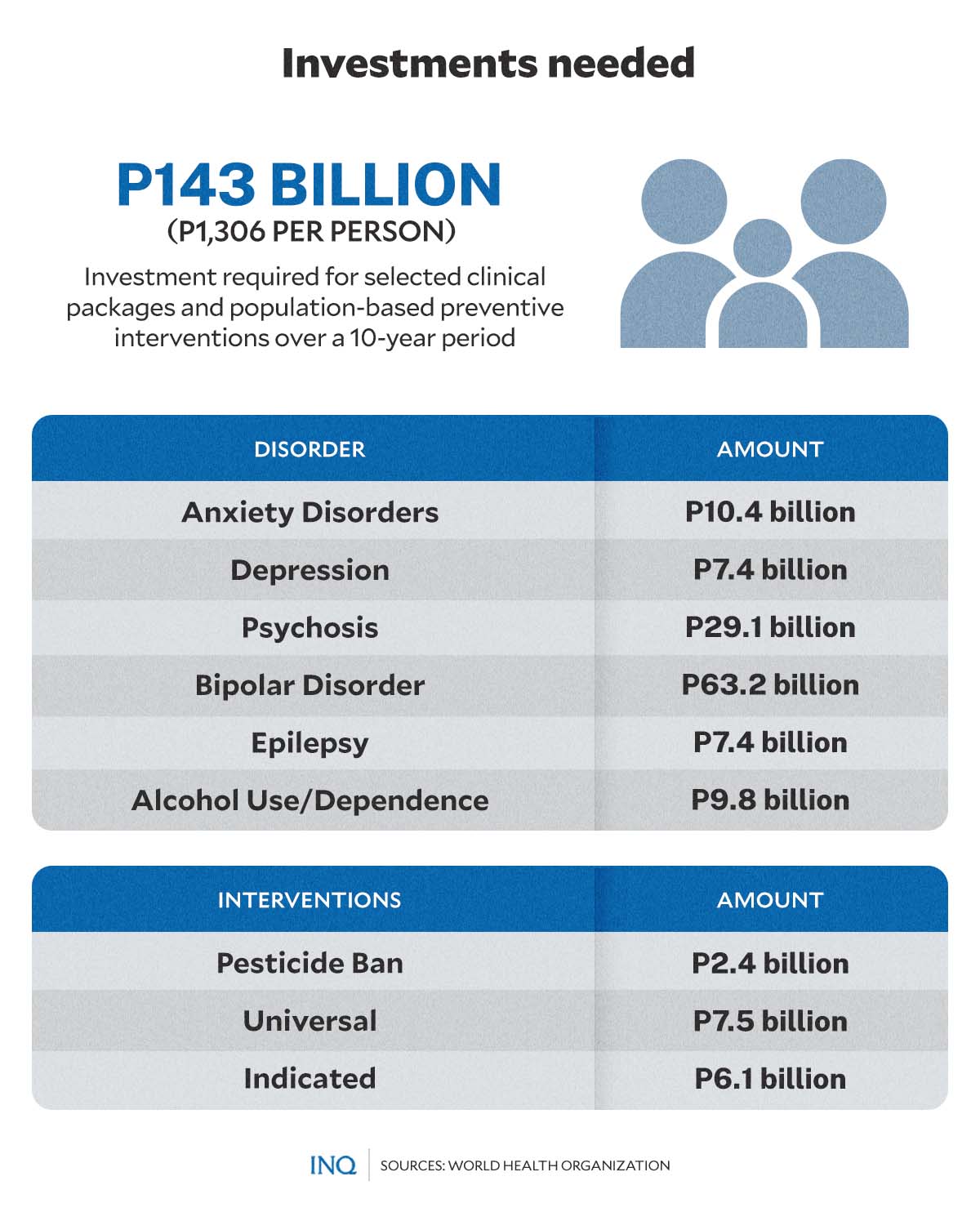‘Pig pen’ conditions at NCMH mirror state of PH mental health care
MANILA, Philippines—Back in the late 2000s, Remedios’ (not her real name) sister was already stricken with schizophrenia, but no one expected that, triggered by their father’s death, she would fall sick, too.
Since then, she went back home and lived in Isabela province with her family, including her sister, who was locked inside a room. Years later, her brother became sick, too, leaving their mother the only one taking care of them inside their slowly collapsing house.
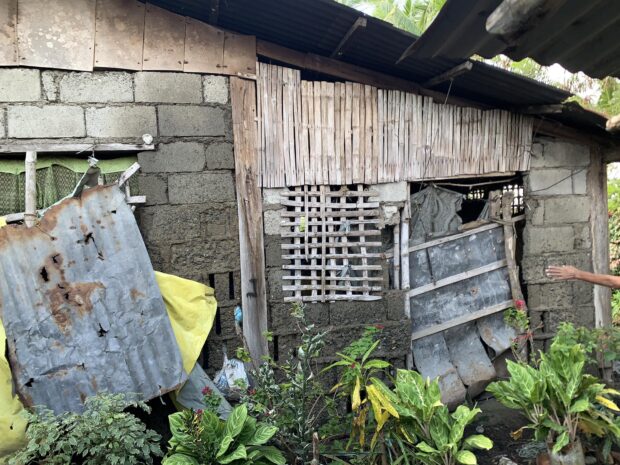
DETERIORATING. The house where Remedios (not her real name) and her siblings are staying. PHOTO BY KURT DELA PEÑA
There are 3.6 million Filipinos suffering from mental health illnesses, according to the 2020 World Health Organization’s (WHO) Special Initiative for Mental Health. Remedios and her siblings are among them.
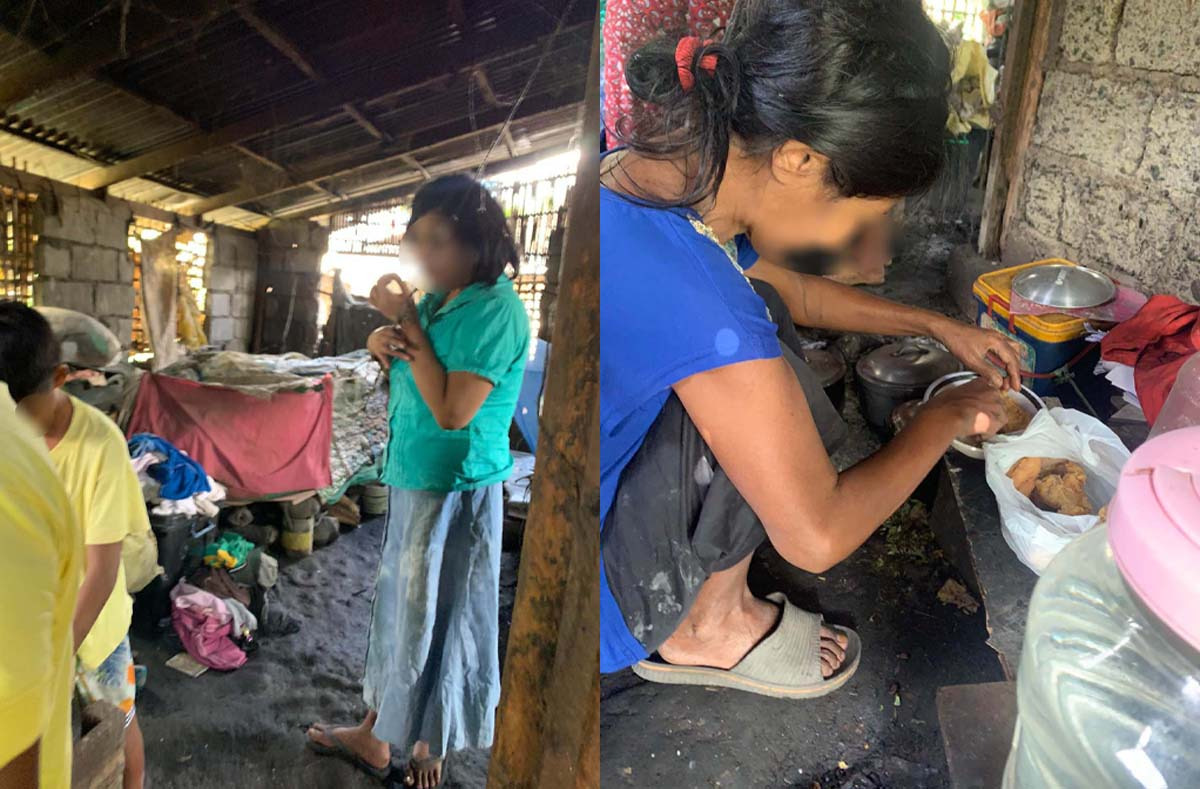
ILL AND POOR. Remedios (R) and her sister (L) living inside their old and crumbling house in Isabela. PHOTO BY KURT DELA PEÑA
This week, the plight of millions of Filipinos with mental health disorder was highlighted as Sen. Raffy Tulfo revealed the dire state of patients at the National Center for Mental Health (NCMH).
While Remedios and her siblings are not confined at the NHMC, Tulfo’s description of the “tragic condition” of the government’s leading mental health institution mirrors the sad state of mental health care in the Philippines.
Article continues after this advertisementBased on WHO’s 2007 Assessment Instrument for Mental Health Systems, there are only 7.76 hospital beds and 0.41 psychiatrists for every 100,000 Filipinos, a ratio that is way lower than the rest of Western Pacific countries with the same economic statuses.
Article continues after this advertisementTake what Tulfo said of Pavilion 4, the NCMH’s Forensic Ward, which houses patients with pending cases. He shared that the cramped pavilion with poor ventilation has roughly 50 patients even if its capacity is only up to 10 people.
As stressed by John Lally, et. al. in an article published by the National Center for Biotechnology Information, while a national mental health policy was initiated in 2001, mental health remains a “poorly resourced sector.”
This, as only 5 percent of the government health care expenditure is directed toward mental health even after the Mental Health Act and Universal Health Care Act were enacted, Nichole Maravilla and Myles Tan stated in an article published by the Frontiers in Psychology.
‘Like a pig pen’
Last Monday (April 3) Tulfo filed Senate Resolution (SR) No. 562, directing the Senate Committee on Health to investigate the “tragic condition” of patients at the NCMH in Mandaluyong City.
READ: Probe into state of National Center for Mental Health sought
This, as he shared that patients are “not receiving the specialized care and treatment they deserve because of the hospital’s poor facilities.” Looking back, Tulfo made an inspection at the NCMH last March 27 after receiving a tip.
“It is heartbreaking to see the tragic condition of the patients at the NCMH […] If you are squeamish, I’m certain that you’ll throw up because of the wards’ foul smell, which is worse than the smell of a pig pen.”
He said: “They are sleeping on the floor without any mat, blanket or pillow. They are cramped like sardines in a can, and the heat is like you are in an incinerator because there is poor ventilation and lack of electric fans.”
Tulfo likewise recalled that he first visited Pavilion 8 or the Female Ward. He said the ward “smelled of patients’ feces and urine, which was made even awful by the smell of garbage dumped outside.”
SR No. 562 seeks to identify the reasons behind the problems and lapses in the facilities and operations of NCMH, as well as assess the quality of care, treatment, and support provided to patients in the hospital.
Tulfo stressed “the need to hold accountable those responsible for corruption or any lapses, negligence, or violations of laws, rules, and regulations governing mental health care services.”
Health Undersecretary Maria Rosario Vergeire, Department of Health officer-in-charge, said “we are open to the investigation, and we are trying to improve the situation, and, of course, the convenience of our patients.”
READ: DOH open to NCMH Senate probe; notes facility improvements
State of mental health in PH
But even before Tulfo’s revelation, the state of mental health care in the Philippines has already been at a standstill for decades, with the WHO stressing that mental, neurological and substance use conditions “pose a significant challenge.”
Looking back, it was in 2020 when Sen. Risa Hontiveros, who authored Republic Act No. 11036, or the Mental Health Act, lamented the “insignificant” resources that the government has for a looming mental health crisis.
READ: Hontiveros flags P23 allocation per Filipino in need of mental health drugs
She said “mental health issues cannot be solved in a single session or with a single pill, but the current (2020) budget for the NCMH stands at around P350 per Filipino in need, which is not enough even for a week’s worth of medication.”
“If our resources are not enough to respond to mental health needs, we will be drowned in one more pandemic,” Hontiveros, who is a known mental health advocate, said in 2020, assailing the “low allocation” for mental health programs in the 2021 budget.
Hontiveros said “although the total budget for mental health had increased, allocation for critical services under it had been significantly slashed by as much as half a billion pesos.”
RELATED STORY: Mental Health Day: The need to defuse a ticking time bomb for millions
Based on data published in the Official Gazette, resources of the NCMH increased from P1,004,957,000 in 2019 to P2,153,148,000 in 2023, with the budget for maintenance and operating expenses (MOOE) increasing from P225,442,000 to P796,958,000.
“The MOOE is crucial in ensuring that services like teletherapy and the crisis hotlines are conducted under optimal working conditions,” Hontiveros said. From 2020 to 2021, the NCMH’s MOOE increased by only P29,360,000.
Stressing the need for a higher budget for mental health programs, she said the 3.6 million estimated number of Filipinos with mental health issues “is not only an underreported count, it is also increasing everyday […] we need to prepare for, if not completely prevent, a mental health crisis.”
Based on WHO data, 154 million people are suffering from depression and one million from schizophrenia while in the Philippines, the National Mental Health Program said 1,145,871 and 213,422 people are suffering from the same conditions.
Gov’t needs to invest
The WHO said in 2017, the two most common mental health conditions, anxiety and depression, accounted for over 800,000 years of life lived with disability in the Philippines, leading not only to vast human suffering but also to economic losses.
Back in 2019, mental health conditions cost the economy P68.9 billion, equivalent to 0.4 percent of the gross domestic product (GDP). These yearly costs include P2.7 billion in health care expenditure and P66.2 billion in lost productive capacity.
It was explained by the WHO in its 2021 report “Prevention and Management of Mental Health Conditions in the Philippines” that the lost productivity was because of premature mortality, disability and reduced productivity while at the workplace.
WHO stressed that “the productivity losses indicate that a range of sectors could benefit from investments in mental health and that multisectoral, whole-of-society engagement is needed.”
RELATED STORY: Take mental illness seriously, seek professional help
“By acting now, the Philippines can reduce the burden of mental health conditions. The findings of the investment case demonstrate that investment in evidence-based, cost-effective mental health interventions would, over the next 10 years,” it said.
Based on WHO data, P143 billion—or P1,306 for every person—is the investment required for selected clinical packages and population-based preventive interventions over a 10-year period.
- Bipolar Disorder: P63.2 billion
- Psychosis: P29.1 billion
- Anxiety Disorders: P10.4 billion
- Alcohol Use/Dependence: P9.8 billion
- Universal School-Based Interventions: P7.5 billion
- Depression: P7.4 billion
- Epilepsy: P7.4 billion
- Indicated School-Based Interventions: P6.1 billion
- Pesticide Ban: P2.4 billion
Should the investment be realized, WHO said 5,000 lives will be saved and that the investment will likewise result in 700,000 healthy life years gained by reducing the incidence, duration or severity of mental health conditions.
“Use of the intervention packages would contribute to achieving SDG target 3.4, which is to reduce by one third premature mortality (< 70 years) from NCDs and promote mental well-being by 2030,” it said.
Likewise, the investment is expected to provide economic benefits (P217 billion) that would significantly outweigh the costs (P143 billion) of implementation.
“The intervention packages for scaled-up treatment of epilepsy and depression would have the highest return on investment (ROI), resulting in P6.6 and P5.3, respectively, for every P1 invested.”
RELATED STORY: Just 3 mental health pros per 100,000 Pinoys; DOH training more

